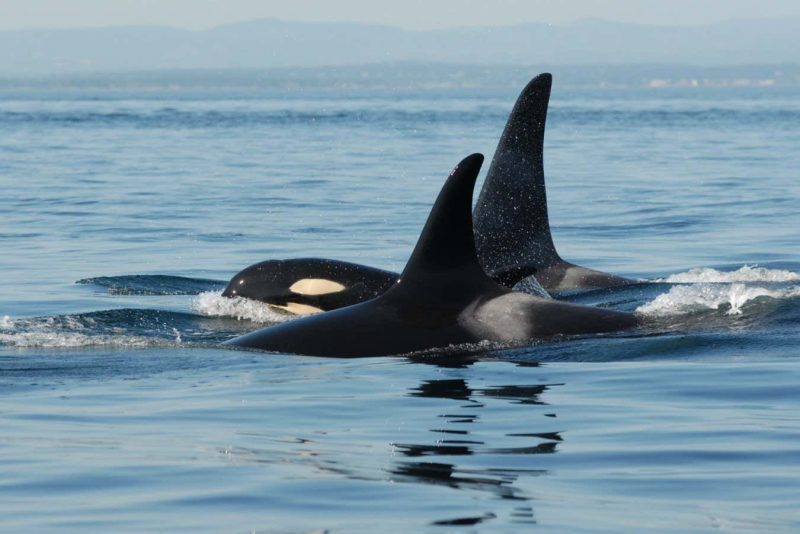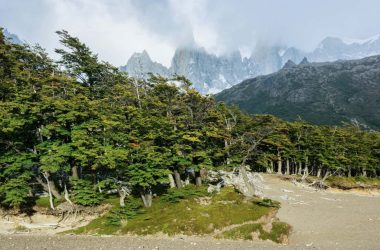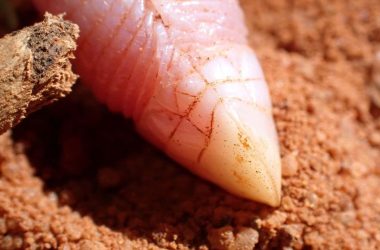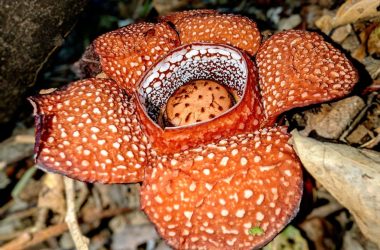Introduction
A study looking at decades of monitoring data suggests that postmenopausal female orcas continue to protect their sons from conflicts with other orcas.
The Unique Menopause of Orcas
Orcas, also known as killer whales, are one of the few species that experience menopause. However, the reasons behind why females stop reproducing later in life are still not well understood. Previous research has shown that orca mothers continue to provide food for their adult sons, even though it limits their ability to have more offspring.
Supporting Offspring
Postmenopausal females play a crucial role in increasing the survival of their offspring, particularly their male offspring. They guide them to group foraging grounds and share food with them, according to Charli Grimes at the University of Exeter, UK.
The Study
A team of researchers analyzed photographs of 130 southern resident killer whales over a period of almost 50 years. They focused on comparing the tooth marks on the skin of male orcas with surviving postmenopausal mothers to those whose mothers were still reproducing or deceased.
Protective Presence
The study found that male orcas with postmenopausal mothers had significantly fewer tooth marks on their skin, indicating fewer conflicts with other orcas. This suggests that the presence of a male orca’s postmenopausal mother plays a crucial role in resolving conflicts.
Possible Explanations
The researchers propose two possible explanations for this protective behavior. One is that older female orcas possess greater social knowledge and use it to help their sons navigate risky interactions. The other is that mothers directly involve themselves in conflicts by signaling to their sons or moving away from the group.
Human Parallels
Grimes points out that in human societies, older women often continue to provide care and support to their children and act as mediators in conflicts. This similarity in the role of older females providing support is interesting to note.
Gender Differences
The study also uncovered a surprising finding that male orcas had fewer tooth marks than females, indicating that mothers only offer protection to their male offspring.
Matriarchal Units
Orcas live in matriarchal units consisting of a mother, her offspring, and her daughter’s offspring. This means that when a daughter reproduces, the mother has to invest more time and resources compared to when a son reproduces. Additionally, male offspring have the opportunity to mate with multiple females, thereby increasing the chances of passing on the mother’s genes. These factors potentially explain why mothers have a greater biological incentive to invest in their sons rather than their daughters.
Conclusion
The research highlights the important role of postmenopausal orca mothers in protecting their sons from conflicts and increasing their chances of survival. Further study is needed to fully understand the evolutionary significance of this unique behavior.








